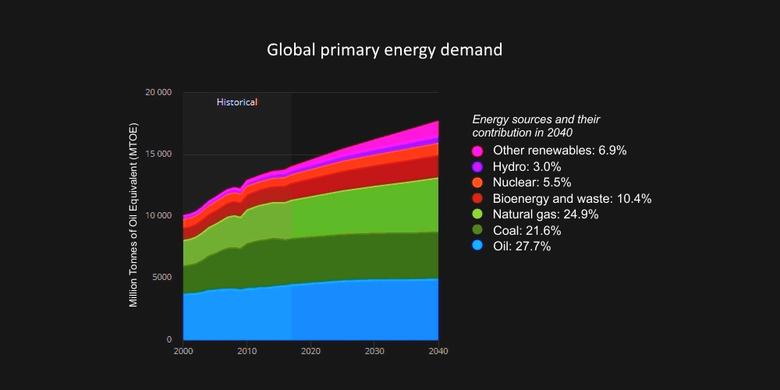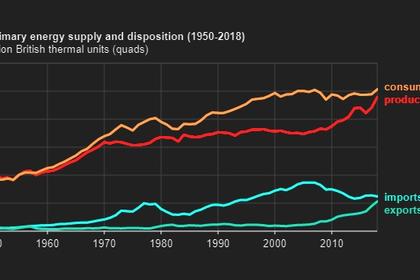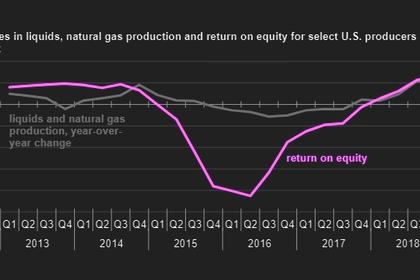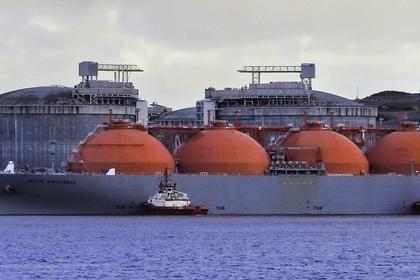
GLOBAL ENERGY INVESTMENT 2018: $1.8 TLN

IEA - Global energy investment totalled more than USD 1.8 trillion in 2018, a level similar to 2017. For the third year in a row, the power sector attracted more investment than the oil and gas industry. The biggest jump in overall energy investment was in the United States, where it was boosted by higher spending in upstream supply, particularly shale, but also electricity networks. The increase narrowed the gap between the United States and China, which remained the world's largest investment destination.
Still, even as investments stabilized, approvals for new conventional oil and gas projects fell short of what would be needed to meet continued robust growth in global energy demand. At the same time, there are few signs of the substantial reallocation of capital towards energy efficiency and cleaner supply sources that is needed to bring investments in line with the Paris Agreement and other sustainable development goals.
"Energy investments now face unprecedented uncertainties, with shifts in markets, policies and technologies," said Dr Fatih Birol, the IEA's Executive Director. "But the bottom line is that the world is not investing enough in traditional elements of supply to maintain today's consumption patterns, nor is it investing enough in cleaner energy technologies to change course. Whichever way you look, we are storing up risks for the future."
The world is witnessing a shift in investments towards energy supply projects that have shorter lead times. In power generation and the upstream oil and gas sector, the industry is bringing capacity to market more than 20% faster than at the beginning of the decade. This reflects industry and investors seeking to better manage risks in a changing energy system, and also improved project management and lower costs for shorter-cycle assets such as solar PV, onshore wind and US shale.
Even though decisions to invest in coal-fired power plants declined to their lowest level this century and retirements rose, the global coal power fleet continued to expand, particularly in developing Asian countries.
The continuing investments in coal plants, which have a long lifecycle, appear to be aimed at filling a growing gap between soaring demand for power and a levelling off of expected generation from low-carbon investments (renewables and nuclear). Without carbon capture technology or incentives for earlier retirements, coal power and the high CO2 emissions it produces would remain part of the global energy system for many years to come. At the same time, to meet sustainability goals, investment in energy efficiency would need to accelerate while spending on renewable power doubles by 2030.
Among major countries and regions, India had the second largest jump in energy investment in 2018 after the United States. However, the poorest regions of the world, such as sub-Saharan Africa, face persistent financing risks. They only received around 15% of investment in 2018 even though they account for 40% of the global population. Far more capital needs to flow to the least developed countries in order to meet sustainable development goals.
Public spending on energy research, development and demonstration (RD&D) is far short of what is needed. While public energy RD&D spending rose modestly in 2018, led by the United States and China, its share of gross domestic product remained flat and most countries are not spending more of their economic output on energy research.
"Current investment trends show the need for bolder decisions required to make the energy system more sustainable," Dr Birol said. "Government leadership is critical to reduce risks for investors in the emerging sectors that urgently need more capital to get the world on the right track."
-----
Earlier:















